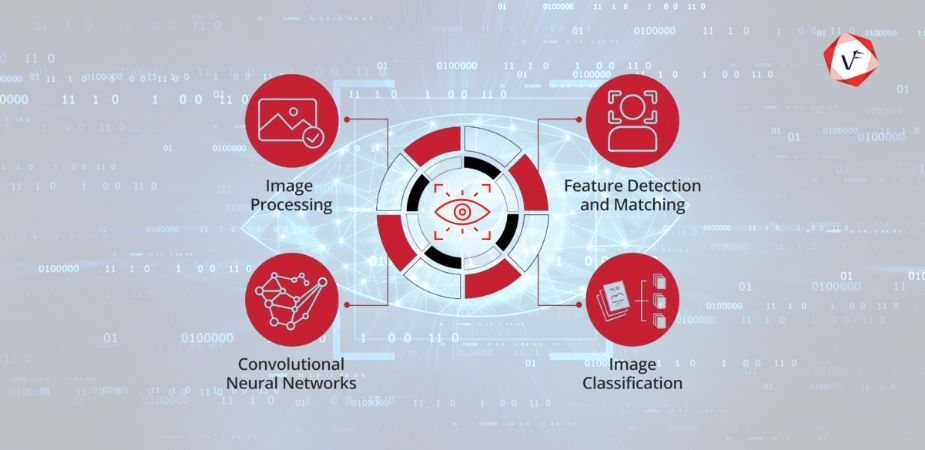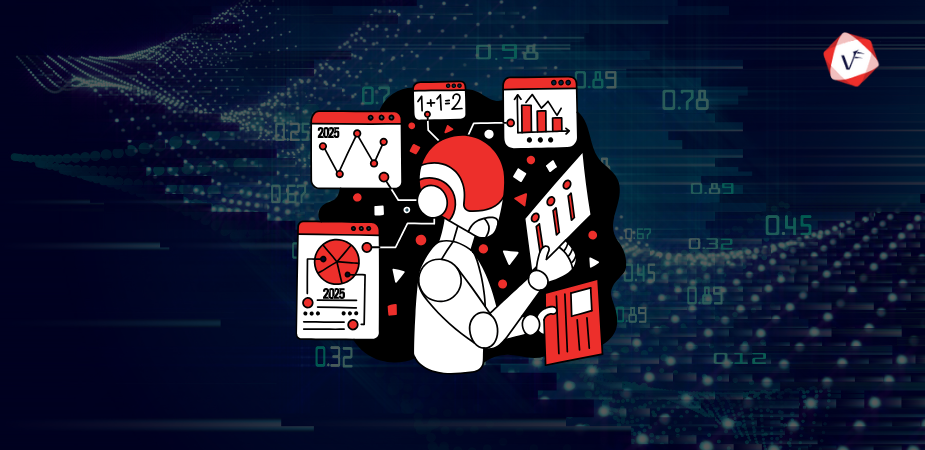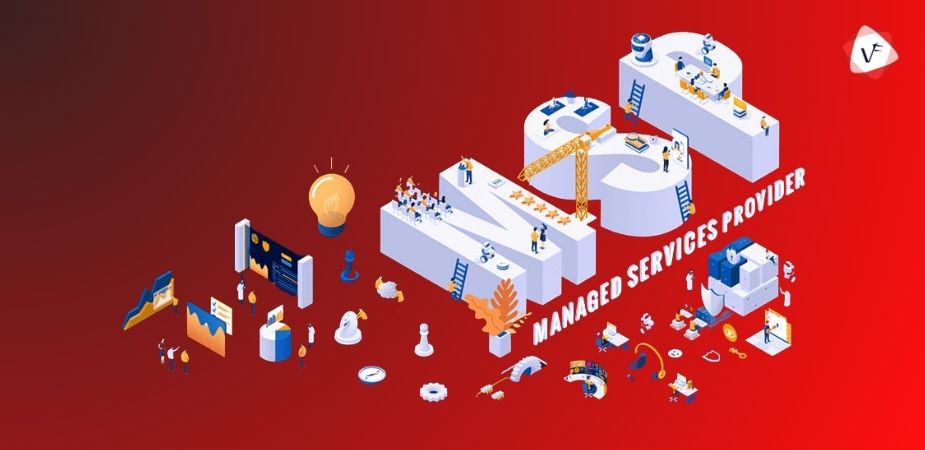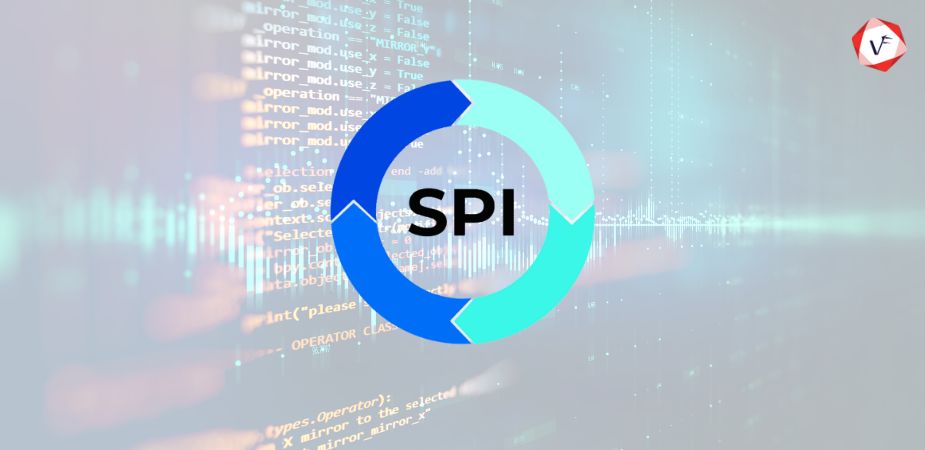Agile methodology is a process that encourages ongoing development and testing all across the project’s life cycle. The Agile software development technique is one of the easiest and most efficient ways to translate a concept into software solutions. The term “agile” is used to characterize methods for developing software that involves ongoing planning, learning, improvement, teamwork, developmental growth, and early delivery. It supports adaptable responses to modifications.
Who is an Agile Consultant?
A project management expert with a specialization in the agile technique is known as an agile consultant. Information technology companies frequently employ the agile methodology to design, develop, and test new software. Agile consultants are experts at utilizing agile frameworks to speed up software development procedures. They apply their knowledge to address issues relating to software development, which greatly expands the spectrum of the solutions they can offer.
Know – Why should you hire an IT consultant?
Different Types of Agile Methodologies
Agile can be implemented in various ways, and there are numerous approaches to select from. Some of the most popular Agile models in software consulting are listed here.
#1. Scrum model
Scrum is a simple framework for agile project management that can be used for all kinds of gradual and iterative projects. Scrum has become increasingly prevalent over the past few years because of its unique qualities, such as simplicity, consistent performance, and the power to combine many basic ideas used by other agile methodologies. Scrum and Kanban are similar for some reason. While using Scrum, tasks are often organized into columns on a Scrum board, which is equivalent to a Kanban board. Scrum, in contrast to Kanban, places emphasis on segmenting projects into sprints and only organizing and monitoring one sprint at a time.
Advantages :
- As developers desire to complete each sprint by the deadline, team engagement is better.
- The project can be tracked by every group member or even by everyone in the company due to transparency.
- For evaluating criteria, a straightforward “definition of done” is provided.
- The scrum methodology consistently emphasizes quality, resulting in fewer errors.
- With the help of this method’s dynamics, developers can rearrange goals, giving incomplete sprints greater priority.
Disadvantages :
- The team may occasionally lose sight of the project as a whole by concentrating on a particular component as a result of segmenting the project and looking for development agility.
- It’s possible that each developer’s role is not clearly defined, which causes some uncertainty among teammates.
#2. Extreme Programming(XP) practices
Rather than providing all that the client wants in the coming years, as is typically the case with Scrum, it might concentrate on how Agile can boost customer satisfaction by giving them what they need right now. XP is focused on consistent branding and planned development cycles. Code analysis, continuous integration, and frequent customer connection are also implemented. When there are ongoing and changing consumer expectations, the extreme programming technique is highly helpful. It encourages the software developers to accept modifications to the customer’s requirements, even if they appear during an important level of the development process. In Extreme Programming, the project is evaluated from the start by gathering input that advances the system’s outcome. Additionally, it offers a quick method for executing any client demands.
Advantages :
- As it makes it possible to make modifications at any point, the written code’s accessibility is a plus.
- The entire procedure and the XP development cycle are evident, setting targets for developers and producing results very quickly.
- Due to ongoing testing, software development is more agile than when utilizing other approaches.
- Encourages a really dynamic method of working.
- Moreover, XP helps keep and develop team talent.
Disadvantages :
- The strong emphasis on programming can make the design less important, necessitating special attention later.
- This structure may not function as well as it could if all team members are located in different regions.
- Since a record of potential mistakes is not always kept up to date in XP projects, additional instances of the same flaws may arise.
#3. Feature-driven development
FDD is a simple, agile technique for software development since it is an ongoing and iterative process. It combines different, well-known best practices from the business into one unified package. The goal of these approaches is to provide benefits for the customer while promoting a feature-first system. Its progressive, continuous, and agile approach includes a number of industry-recognized best practices. Its main objective is to reliably and quickly develop functional software. The steps of the lifecycle involve generating a basic project model, feature listings, strategizing by feature, designing by feature, and lastly executing each feature. Big project organizations can advance their goods at a consistent pace by using this five-step procedure.
Advantages :
- FDD assists in guaranteeing that the developers stay focused on a well-established scope of work by emphasizing the delivery of modest, modular features, which can assist to limit the risk of maintaining the project on course.
- Being an agile approach, FDD is created to be adaptable and responsive to competing priorities and demands. This can make it easier for the development team to respond to shifting conditions and provide a product that fulfills the customer’s requirements.
- FDD places a strong emphasis on providing customers with functional software as soon as possible. This gives the client a chance to monitor the process and provide early feedback, which can help guarantee that the final output fulfills the customer’s objectives.
- Employing efficient project management techniques, such as iterative development and the utilization of brief, time-boxed development cycles, is emphasized by FDD. By doing this, you can make sure the project stays on schedule and achieves its goals.
Disadvantages :
- FDD involves a sequence of tiny, well-defined phases that must be followed in order to produce a feature, making it more difficult than other agile approaches. New team members may find it more challenging to comprehend and apply the process as a result.
- For FDD to be successful, a major time and resource commitment is necessary. It calls for a number of brief, iterative development cycles, which can take some time to design and carry out.
- FDD focuses on delivering modest, progressive features, which might make it challenging to track the project’s overall development. Stakeholders may find it difficult to comprehend the project’s overall direction and progress as a result.
#4. Dynamic Systems Development Method (DSDM)
The Dynamic Systems Development Method (DSDM) was created to answer the demand for a uniform industry norm for the quick delivery of software. The software development process can be planned, carried out, managed, and scaled using the structured process provided by DSDM. The DSDM holds that integrity and on-time delivery must never be compromised and that project alterations are always to be expected. This theory is founded on eight principles and a business-driven methodology.
Advantages :
- High levels of client satisfaction, rapid speed to market, and high-quality solutions are all provided through DSDM.
- DSDM offers Reduced ownership expenses because of the reliable and efficient process.
- With fewer hours worked per week and more time off, DSDM gives development teams a better work-life balance, which boosts productivity and innovative thinking. Rapid distribution of value is offered by DSDM.
- DSDM guarantees a more stable timetable and budget.
- Better control is made possible by DSDM and more formal audits.
- DSDM offers more detailed testing.
- By using teams that spend all or most of their time together in the same location, DSDM improves team satisfaction, encourages teamwork, and improves productivity.
Disadvantages :
- Project management must follow a structured process otherwise it will fail.
- DSDM might need training for individuals adopting it because it is less well-known than many other methods.
- A lot of documentation is needed.
- To avoid wrong initial estimates, time must be set aside early in the project to evaluate how long each component of the project will occupy.
- DSDM needs a sizable number of knowledgeable employees. It occasionally can be stressful and a major hassle.
- There are just five months between the initial brief and the first working model.
- A high level of participation and engagement is required from customers and stakeholders.
- The requirement of clear frameworks to facilitate management reporting.
#5. Kanban principles
Agile software development teams incorporated the Kanban concept, which was first developed as a lean manufacturing technique. This approach develops and manages projects using visual representations. With the aid of the Kanban Board, which is segmented into columns to represent the process flow of software development, projects managed through Kanban are monitored. Teammates can see the steps taken at this point and what’s following up next by employing kanban. The primary management tool for Kanban projects is a Kanban board, which divides actions into three columns: “To Do,” “Doing,” and “Done.”
Advantages :
- With the straightforward idea of “Cards,” it is possible to display all the tasks associated with a specific project.
- The number of open tasks can be restricted.
- Concentrates on the span of a cycle, or the time it takes for a work to move from the backlog to the completion stage.
- Permits ongoing deliveries.
- One of the easiest approaches.
Disadvantages :
- Disadvantages : Group members may understand the data displayed on the Kanban Board incorrectly, particularly if it is displayed as being out of date.
- Kanban has no time constraints, time-related issues, such as delays, can occur at any step.
What Is A Waterfall approach?
The waterfall model is a well-liked method in software engineering and product development that follows a linear, sequential approach to the software development lifecycle (SDLC). The waterfall approach applies a logical sequence of SDLC processes to a project in a manner comparable to how water cascades from a hill. During each stage of development, it establishes clear goals or objectives. After certain endpoints or objectives have been achieved, they cannot be revisited. Applications of industrial design still make use of the waterfall paradigm. It is generally referred to be the earliest software development technique. The concept is also applied more broadly as a high-level project management approach for complex, diverse undertakings.
Benefits of the waterfall design
The waterfall model is now frequently replaced by agile methodology. The waterfall method does have several benefits, including the following:
- Allows for the advancement of large or dynamic teams towards a predetermined common objective.
- Forces orderly, structured arrangement.
- Makes it easier to comprehend, carry out, and organize jobs.
- Promotes management control and specialization based on deadlines or a timetable.
- Strengthens the practice of defining before executing a design and then writing code.
- Clearly defining deadlines and objectives makes it possible to readily make early system design and specification modifications.
Limitations With The Waterfall Model
The risk connected to the absence of revision and flexibility is usually at the core of the waterfall model’s drawbacks. Specifically, there are the following issues:
- Design is not flexible; when a defect is discovered, the process must frequently be restarted from scratch.
- The method doesn’t take user or customer reviews into account mid-process and modifies based on outcomes.
- The waterfall model postpones testing till the conclusion of the development lifecycle.
- Error correction is not a factor.
- Requests for revisions, scope modifications, and updates are poorly handled by the technique.
- Waterfall prevents processes from overlapping for concurrent work on many phases, decreasing overall efficiency.
- Up to the later phases of the project lifecycle, there is no working product.
- Complex, high-risk continuing projects are not best served by the waterfall.
Know – The importance of Software Consulting
Software Consulting with Vofox
At Vofox, software development is tailored, putting stage-by-stage emphasis on outcomes and client satisfaction. Agile concepts are used to guide all aspects of development. Hence, we developed our own approach that guarantees to offer the best outcomes by the required timelines forth while also upholding the efficient development process, achieving the required results, anticipating potential errors, maximizing productivity, and developing securely. Our consulting services include:
- Enterprise Architecture Advisory
- Software Consulting and New Tech
- Software Portfolio Consulting
- Digital Transformation Consulting
- Application Development Advises
- IT Staff Augmentation Consulting
- Mobile App Consultation Services
Final Thoughts
Here, we have discussed in detail the Agile Methodology in Software Consulting and we hope that you get a clear idea about the agile process and its different types. Agile software development approaches focus on producing tiny, functional pieces of software fast in order to improve client satisfaction. These tactics emphasize ongoing improvement by utilizing flexible strategies and collaborative effort.
In conclusion, The Scrum model, with its emphasis on quality, transparency, and team engagement, is ideal for projects with specific deadlines. Extreme Programming (XP) practices prioritize customer satisfaction by delivering what they need right away and allows for modifications to be made easily during the development process. Meanwhile, Feature-driven development (FDD) is a modular approach that focuses on delivering functional software quickly, making it a great option for big project organizations. An agile consultant can help businesses identify the best methodology for their project and ensure its success by applying their knowledge and expertise in agile frameworks. Ultimately, the key to success in software consulting lies in selecting the right methodology, which can significantly impact the project’s outcome.





